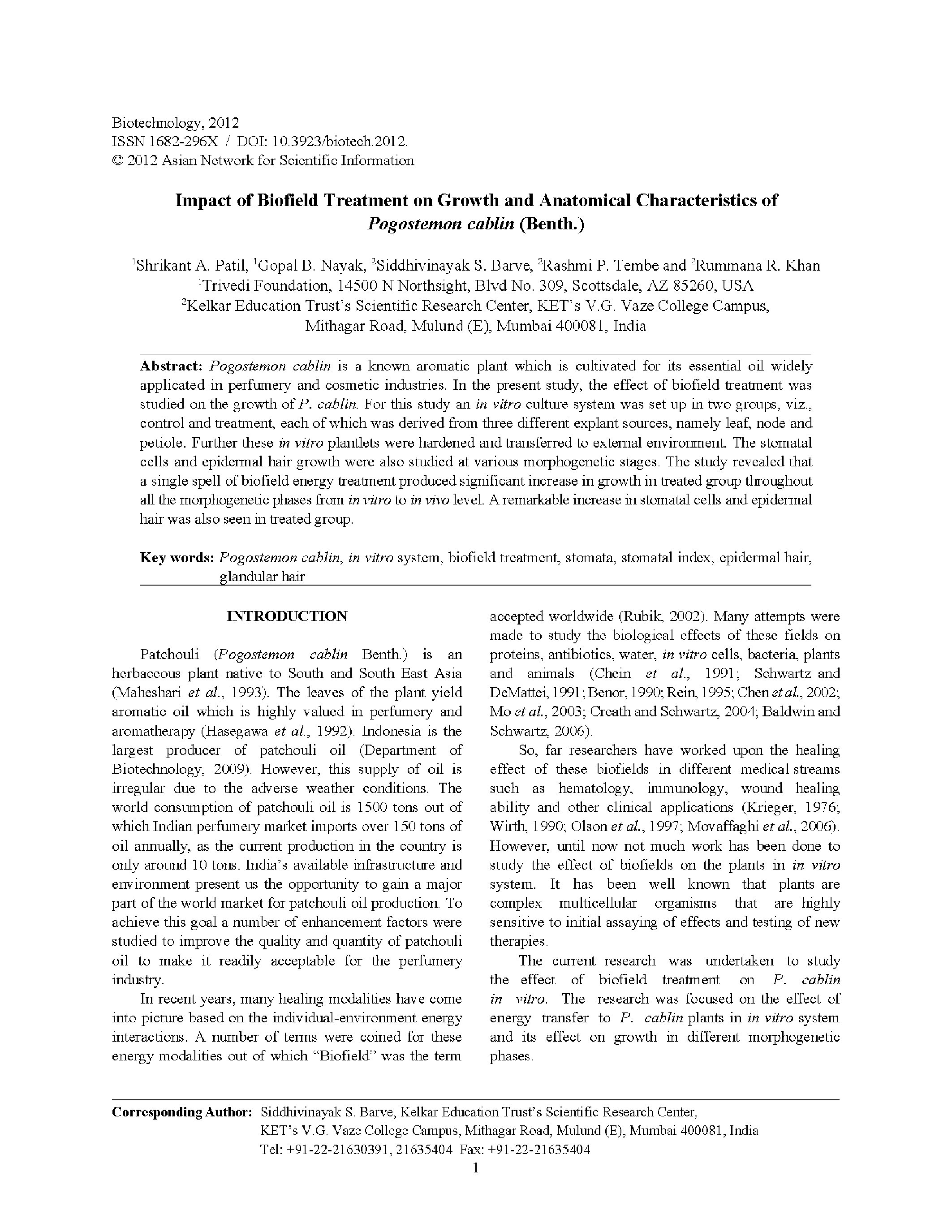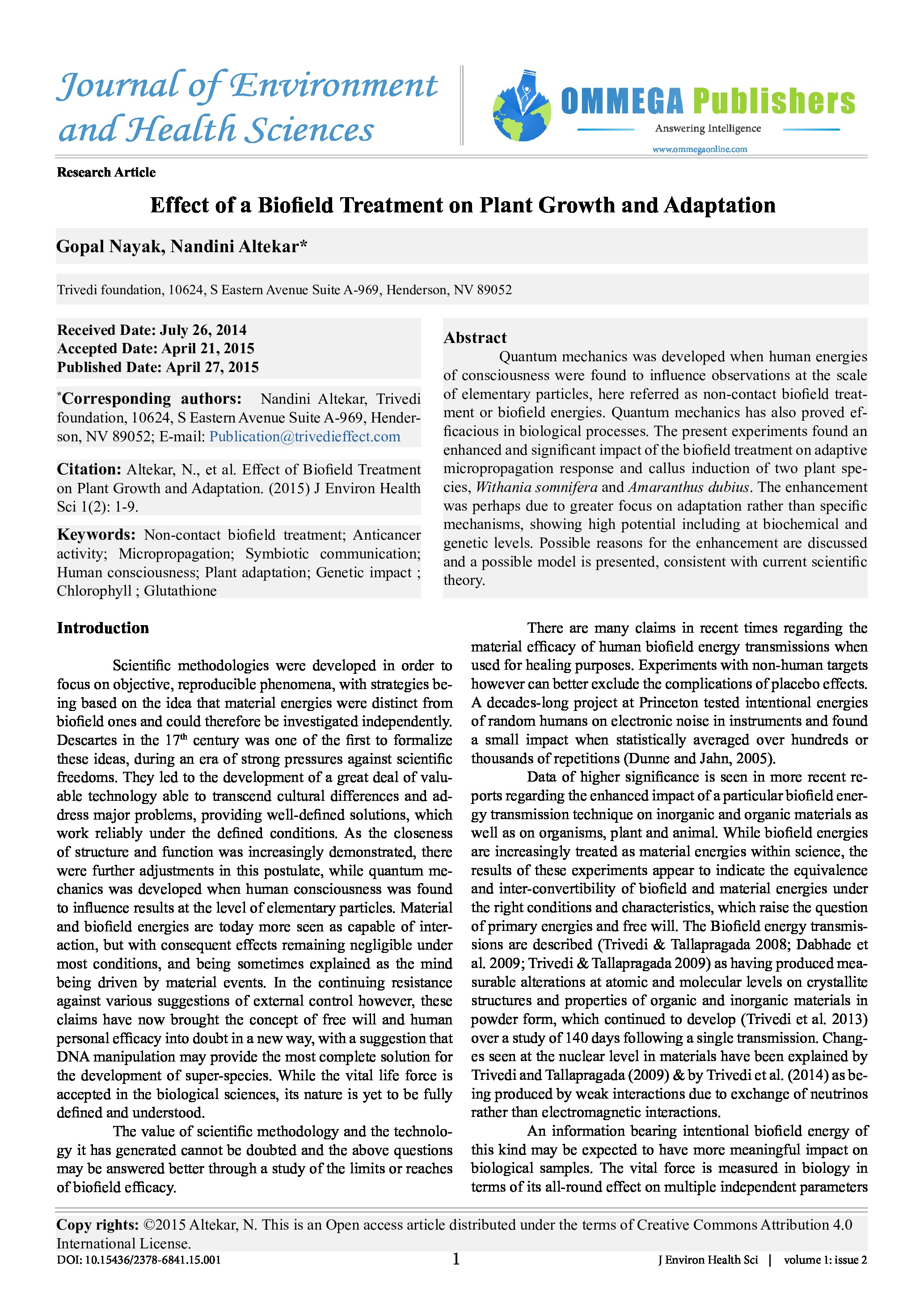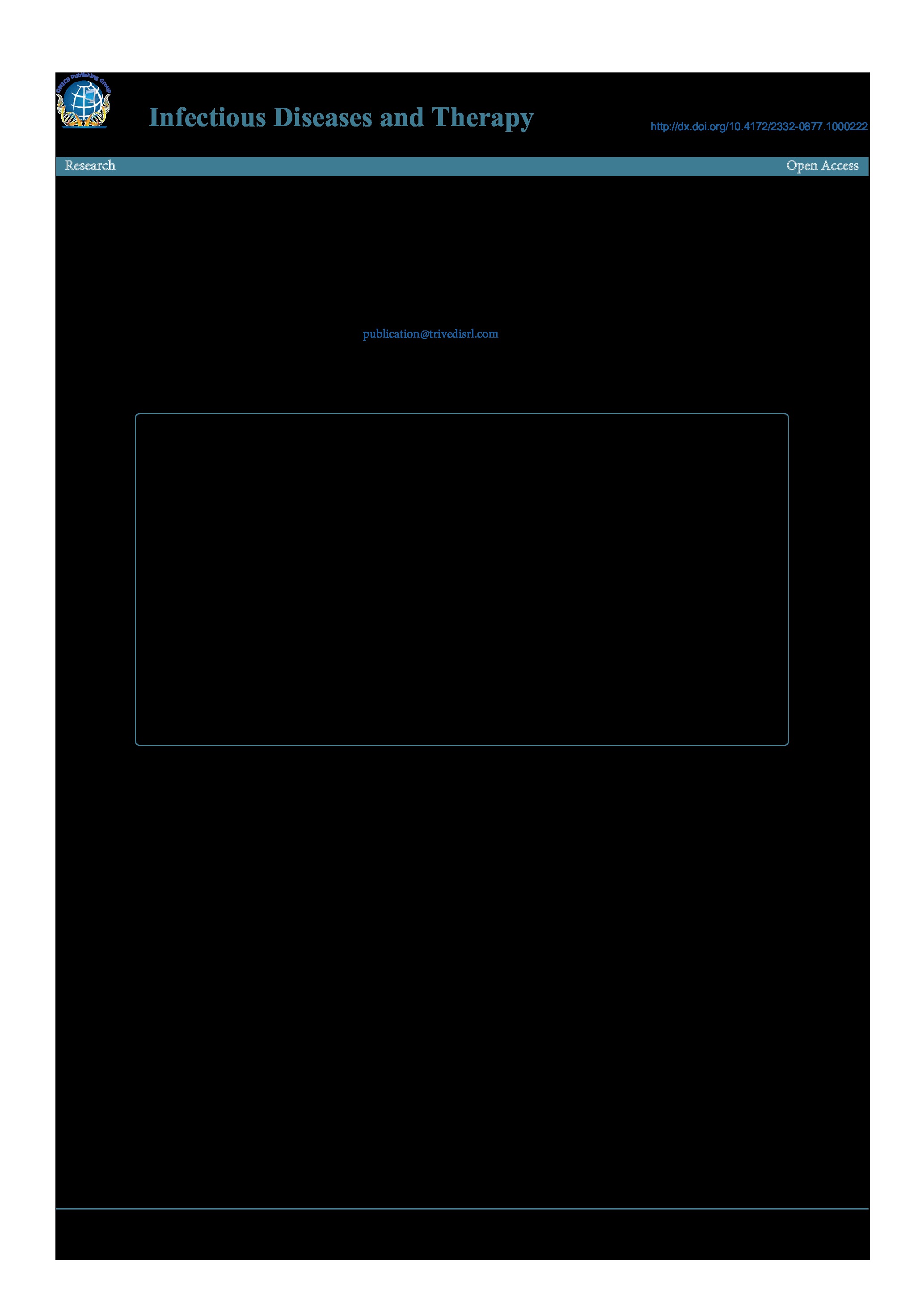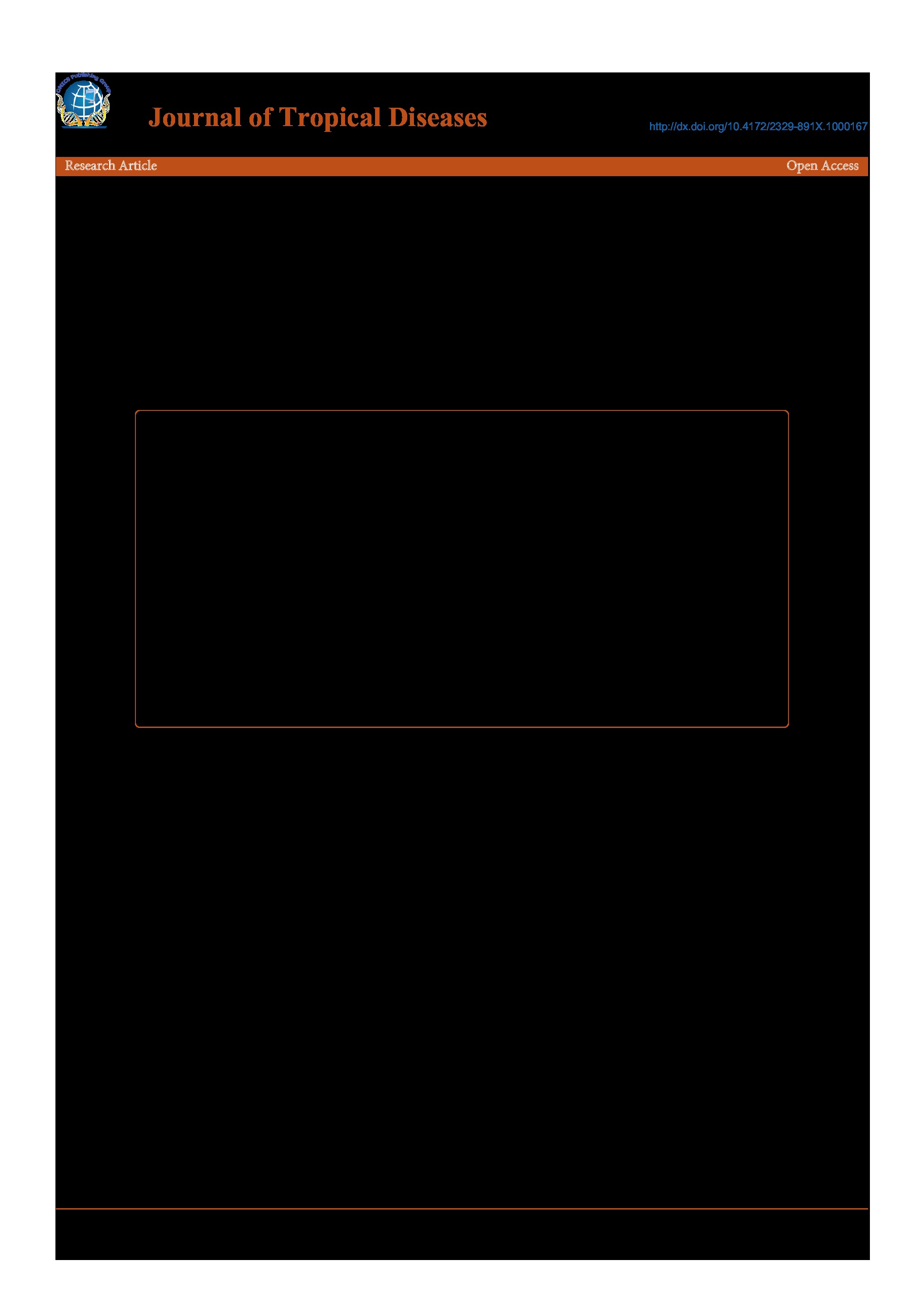Date of upload:
01.10.2016
Co-author:
Shrikant Patil, Harish Shettigar, Mayank Gangwar, Snehasis Jana
Abstract:
Global emergence of Pseudomonas fluorescens (P. fluorescens) displays a mechanism of resistance to all existing antimicrobials. Due to its strong ability to acquire resistance, there is a need of some alternative treatment strategy. Objective of this study was to investigate the effect of biofield treatment on antimicrobial sensitivity pattern of P. fluorescens. P. fluorescens cells were procured from MicroBioLogics in sealed packs bearing the American Type Culture Collection (ATCC 49838) number. Two sets of ATCC samples were taken in this experiment and denoted as A and B. ATCC-A sample was revived and divided into two groups (Gr) i.e. Gr.I (control) and Gr.II (revived); likewise, ATCC-B was labeled as Gr.III (lyophilized). Gr.II and III were given biofield treatment and were measured by MicroScan Walk-Away® system before and after treatment. Parameters studied in experiment were antimicrobial sensitivity, minimum inhibitory concentration (MIC), biochemical reactions, and biotype number of both control and treatment groups using MicroScan Walk-Away® system. Experimental results showed antimicrobials such as cefepime, cefotaxime, ceftazidime, ceftriaxone, ciprofloxacin, piperacillin, tetracycline, and tobramycin showed altered sensitivity and MIC values in treated group as compared to control. Biochemical reactions showed positive reaction in malonate, melibiose, nitrate, galactosidase, ornithine, raffinose, sorbitol, sucrose, tobramycin and Voges-Proskauer in Gr.II. Arabinose, colistin, glucose, and rhaminose also showed positive reactions in Gr.II on day 10 while arginine and cetrimide showed negative reaction in Gr.III as compared to control. Biochemical tests results revealed a change in biotype number in Gr.II (34101173, day 5), (77103177, a very rare biotype on day 10) and Gr.III (40000043) as compared to control (02041722). Organism was identified as Enterobacter cloacae (GrII, day 10) and Vibrio fluvialis (Gr.III, day 10) with respect to control. These findings suggest that biofield treatment made significant alteration in sensitivity pattern, MIC values, and biotype number of P. fluorescens.




